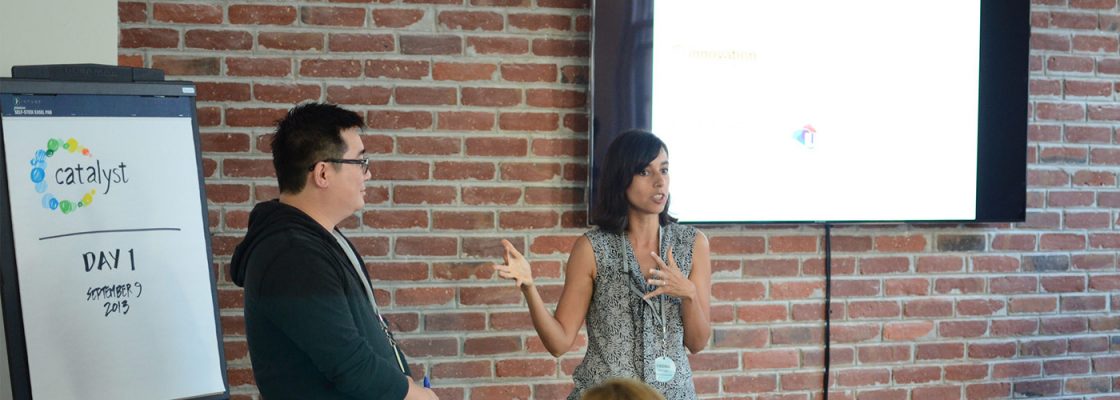January is always an exciting time – full of promise for the new year and ambitious goals for how we make change. For CCI, it’s a time to launch new initiatives and reflect on what we’ve been learning.
This month we kicked off Innovation Lab: Whole Health, a testing ground for cutting-edge ideas to improve health and deliver care in new ways. We’re supporting some groundbreaking partnerships between health systems and community-based organizations that are tackling some thorny issues — leveling the rental market playing field, reducing appointment no-shows through ridesharing, addressing the negative health implications of the White House’s immigration crackdown, and more.
One iLab team from Marin City & Wellness will be working on supporting African American youth who are struggling in the public school and dropping out at a rate significantly higher than any other ethnic group. The team is developing a new high school program that combines preventative behavioral health support, a strong educational environment, and community mentoring. We’re excited to learn more about the challenges of these types of unique partnerships and how they can thrive. We are hopeful there will be some compelling lessons that can be applied to other community-based programs.
Under both our Population Health Learning Network (PHLN) and Catalyst programs, we are building on years of experience and adding a few new twists. In PHLN, we are addressing social needs and helping organizations understand how the true population health management requires a deeper understanding of community wellbeing. In Catalyst, we have invited non-health care organizations to learn side-by-side with health centers and collaborate using human-centered design methods.
We are also about five months into our Roles Outside Of Traditional Systems (ROOTS) program, a learning community that’s helping clinics tackle specific social determinants of health such as recidivism, food insecurity, and unemployment. We have been reflecting on what we have learned from some of the exemplars in California and realize there is much more work to do in this area. We’re seeing that there is great passion and enthusiasm to address social needs. What is missing is the HOW. How do we best identify those with social and economic needs? How do we most effectively help patients and refer them to the right resources? How do we partner communities to strengthen health, not just health care? And how do we develop the internal systems to do this well, given all the other constraints in health centers?
This year I am hopeful that we can become successful at supporting this interest and passion to go upstream; we must move from the simple realization that addressing social determinants of health is important to better understanding HOW to make this real and meaningful for underserved populations. We’re already learning so much from our new partners, as they push beyond the walls of the clinic and push us to expand our thinking. But we at CCI are hungry to learn even more from those of you who are doing this well, and we’re looking for more examples across the country to help us (and our partners) achieve this goal.

